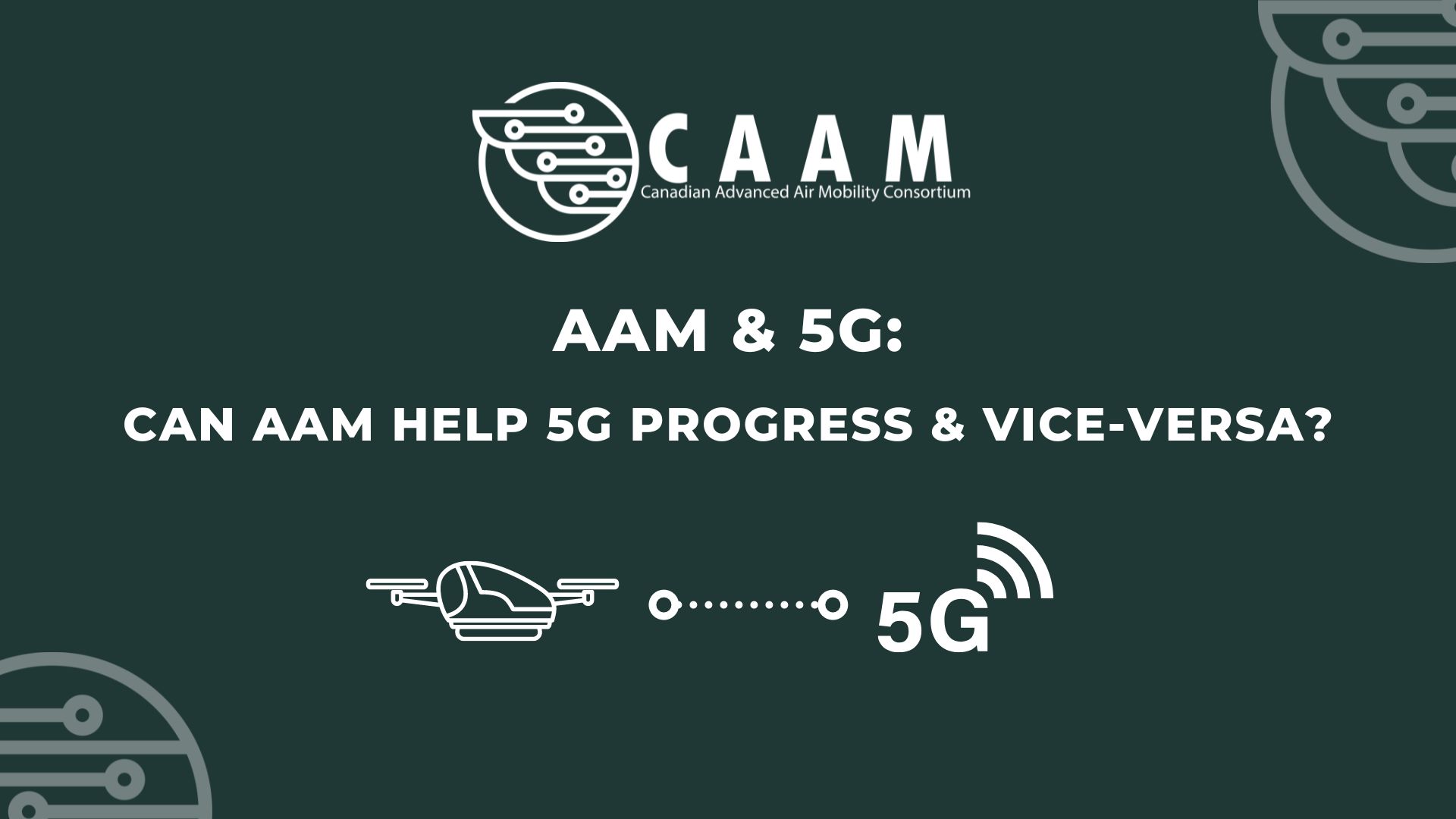Advanced Air Mobility (AAM) is a new form of aviation utilizing airspace above congested cities to better serve the public, businesses, disadvantaged communities, and emergency responders. Exciting new technologies—from lithium ion batteries to light‐weight electric motors, advanced composites, aircraft automation processes, and safety systems—enable safe, green, affordable flight, greatly expanding the
mobility of people and goods. The white paper explains what AAM is, the challenges and benefits of it, the three-tiered plan of taking off, and the four supply chains to make it a reality.
Social benefits will be numerous. We see this new technology providing more convenient transportation and delivery of goods, as well as jobs to indigenous cultures and remote communities. We see it energizing businesses, universities, and students in technical fields. We envision this technology saving lives by transporting critically ill patients, as well as organs, blood, plasma, vaccines, PPE, and cancer treating isotopes. We see missions deploying electric aircraft to help track wildlife, fight fires, prevent illegal fishing, and study coastal erosion. We note the importance of AAM being accessible to all, initially focusing on public safety and emergency response.
CAAM has a three-tiered plan of taking off the ground! (literally and figuratively)
The first stage would be entering the market with the 54 existing heliports in the city. In the white paper, JR Hammond, the Executive Director of CAAM, states that this significantly reduces the costs and it’s not impossible to start off with what’s currently there. The second stage would be recruiting capital and investment to make minor improvements to eVTOL operations. And then Stage 3, according to Hammond, would be a 10 year time frame in which the focus would be on “new build and how we can integrate that as an intermodal aspect”; in which 10-15 vertiports will be made and as a result the city would be fully ready and suitable for AAM operations.
AAM is not simply an extension of today’s aviation industries – it will be enabled by entirely new products and services that will rely on investment and development. According to the white paper, the four supply chains required to make AAM a reality are ground infrastructure, air traffic management, eVTOL aircraft manufacture and finding operators and regulators for these aircrafts. The four supply chains are required to build a commercially viable AAM ecosystem.
AAM is not intended to replace existing means of transportation but to enhance them, to become part of a sophisticated, seamless, multi‐modal transportation system. The white paper engages in how this could take place in Vancouver. Many cities are planning to introduce AAM in the next few years, including Singapore, Munich, Paris, Dubai, and Dallas. Vancouver, however, is a special case; its unique characteristics such as numerous waterways and several helicopter operators position it to become a world leader in this new transportation endeavor and the first AAM city in North America. It is important to point out that if the city fails to seize this new opportunity, it will lose talent and capital to those cities that do.
The Canadian Advanced Air Mobility Consortium has tapped the expertise and perspectives of more than 60 luminaries and stakeholders to prepare this paper and will seek continued feedback in the months ahead.
Interested to learn more? Click to read the AAM White Paper.


